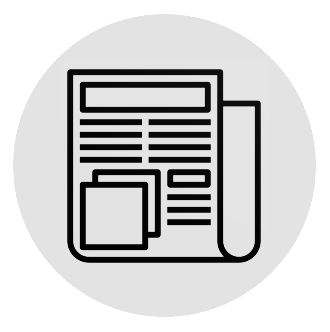
Abstract
Background: In Germany approximately 2 million sports injuries occur per year. Most common are distorsions and ligamentous injury going along with posttraumatic lymphoedema. With the therapy method deep oscillation very good results in other indications and in lymphdrainage were reached. The purpose of this experimental study was the evaluation of the effects of the therapy method deep oscillation in immediate therapy and after-care of different sports injuries in addition to usual care (complex physical and medical therapy).
Methods: Two soccer teams were supported by a sports medicine section of a rehabilitation hospital. In n = 14 people (mean age 23.9 years) 49 sports injuries of different kind were treated.
Results: Subjective rating of the symptoms by VAS improved significant (p = 0.001) from 8.7 (baseline) to 2.1 points (post-treatment). Objective rating by the attending physician according to different clinically relevant parameters lead to “very good” or “good” results in 90 % of the patients.
Conclusion: In conclusion it can be stated that therapy method deep oscillation is an easy to use and comparably cost effective adjuvant therapy option. We already had good experience with it in other indications concerning reabsorption of oedema, reducing pain, anti-inflammatory effect, promotion of motoricity, promotion of wound healing, anti-fibrotic effect and improvement in trophicity and quality of the tissue. All these mentioned effects can be confirmed in the treatment of patients with acute sports injury and trauma. The soft mode of action is the reason that in contrast to other electric and mechanical therapies it is no contraindication in immediate therapy. In general we noted no side effects; patients were highly compliant and rated this therapy as very good.
Aliyev R. Klinische Wirksamkeit des Therapieverfahrens Tiefenoszillation bei Sportverletzungen [Clinical effects of the therapy method deep oscillation in treatment of sports injuries]. Sportverletz Sportschaden. 2009 Mar;23(1):31-4. German. doi: 10.1055/s-0028-1109216. Epub 2009 Mar 20. PMID: 19306234.